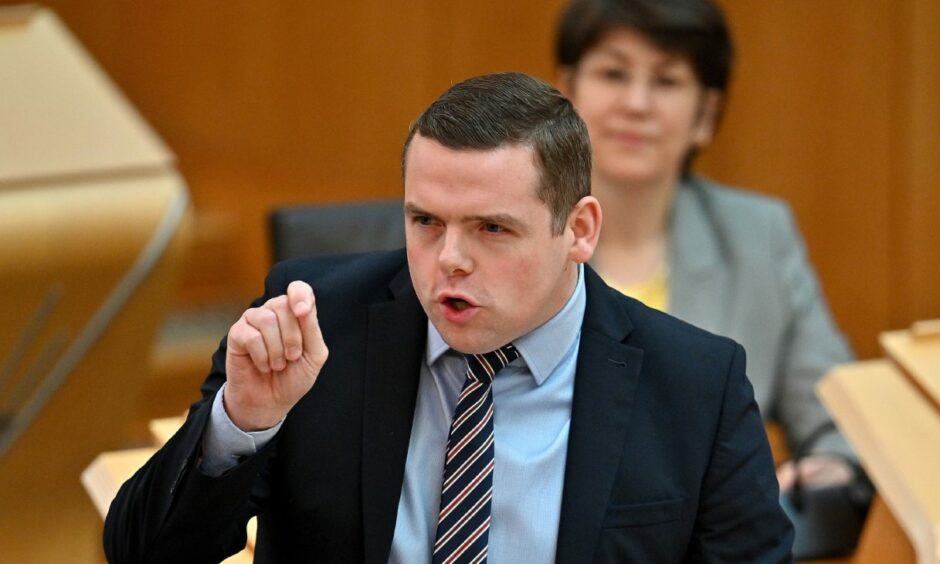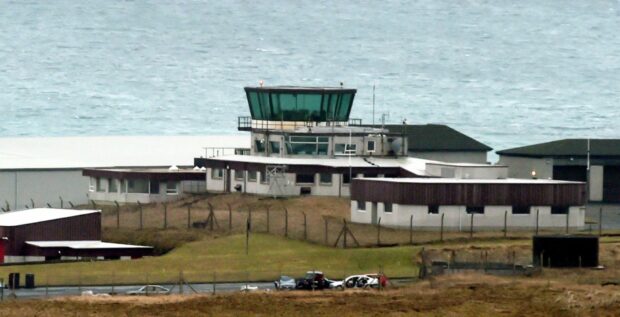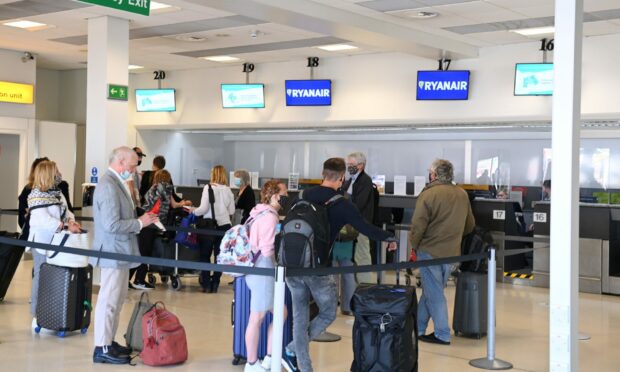Douglas Ross and the boss of Highlands and Islands Airports clashed over halted plans to centralise air traffic control in Inverness.
In heated exchanges, the Scottish Tory leader raised potential problems with “connectivity” – drawing attention to a patchy internet link in the virtual Westminster session.
Mr Ross, MP for Moray, was challenging managing director Inglis Lyon as part of the airport group’s remote tower plan.
The Conservative asked Mr Lyon whether he understands “why communities would be worried about connectivity” of the scheme, given the committee had lost him “three times in just over an hour” due to his patchy internet connection.
‘I’m working off a £39.99 router’
The airports boss hit back at Mr Ross, noting he was “working with a £39.99 router” in his house.
He added: “The kind of connectivity we would be putting in isn’t a £39.99 router.
“It’s a very fixed, dedicated line between the centre and the facilities”.
The remote tower plan is part of a wider £9 million reform at the government-owned operator.
The controversial scheme proposed controlling traffic at Dundee, Inverness, Kirkwall, Stornoway and Sumburgh from a central hub in Inverness.
The Scottish Government confirmed last week that the tendering plan had been cancelled, following a dispute lasting since January 2020.
Asked if he could be confident there would be “zero prospect of connectivity issues” under the remote tower plan, Mr Lyon said there would be three systems in place to prevent this.
He responded: “If one system failed, the other system takes over, and if that system fails, the other system takes over so in the round no issues with connectivity.”
Under the plan, unmanned towers would have fed information to the hub, located in an office building in an Inverness industrial estate.
Scottish Transport Minister Graeme Dey confirmed the U-turn last week.
MSPs argued millions had already “been wasted” on a “centralisation that was never going to get off the ground”.
Mr Ross pressed the airports boss on how much the remote tower part of the project had cost, from the total of £9m being spent on the wider reform scheme.
Mr Lyon said the information was not available but added it could be “provided afterwards”.
HIAL said last week that it still believes the project offers the “best option” to maintaining the long-term sustainability of air services for the Highlands and islands.
Aberdeen Airport ‘set back decades’
MPs also heard from Brian McClean, director of communications and sustainability at AGS Airports Ltd, which owns Aberdeen, Glasgow and Southampton Airports.
He told the committee the Covid-19 pandemic has “absolutely set us back decades when it comes to the loss of passengers and loss of connectivity”.
Mr McClean said Aberdeen Airport carried around three million passengers in 2019 and last year that had dropped to around 1.1 million.
“We have not had a chance to get going at any point over the past two years and that’s down to the restrictions”, he added.
“And that’s because the restrictions have been overly complex and they’ve been changing frequently as well.”


